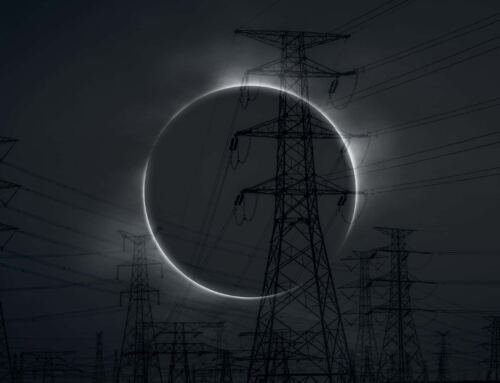Anneka Brink, NATiVE Solar Community Outreach Coordinator joined Studio 512 Co-Host Stephanie Gilbert to talk about how home energy systems help to stabilize and decarbonize the grid, an important topic as we head into the winter season.
In the last segment, we spoke with Jim Trudeau about how solar has saved him money and added value to his home. Can you tell us more about that and the first steps homeowners can take to take their power back?
“The first step for homeowners is to evaluate their homes to see if solar is right for them. This is why a trusted solar installer is important, not all homes are the best candidates. Ideally, you want to install on the roof, because those offer the most optimal savings. If you mount on the ground, the costs can go up. There could be too many obstructions, but let’s say your home or business qualifies. Solar is the first step. This locks in your electricity rate, and in Jim’s case, offers him savings and even credits with Austin Energy! Then, we get to last February’s winter storm — this was where Jim (7 years later) took the next step and created a backup option by adding batteries — in many regards, a microgrid. In this scenario, when the grid does go out, the system recognizes the power loss, and within milliseconds, switches to home-only power, disconnecting from the grid. It’s quite fascinating I think. So what we can learn from Jim is that in the right circumstances solar can be a very wise investment for those homeowners who have the available capital and not only want to live more sustainably but also want to have more control over where their power is coming from. The grid’s future is uncertain right now, that’s why more and more people are starting to consider not just acquiring solar panels, but also a battery backup system.”
So when you talk about a battery backup system, what exactly does that mean, and how does it make a difference for homeowners?
“A battery backup system is what allows your home to store excess energy from your solar array when more energy is produced than is consumed. It creates resilience because unlike just having a solar system, which shuts off power in the event of a blackout due to safety concerns, having a battery will allow a home to stay powered even through a blackout. Battery backups allow you to use power completely independently of the grid, which can be unpredictable at times. Many climate experts are expecting another polar vortex-like event to occur this winter, but if you have a battery backup, you can maintain power completely off the grid for a few days until the grid is restored. In the summer, you won’t have to worry about blackouts caused by increased energy usage because if it does happen, your solar panels can power your AC even during a blackout to keep you cool and comfortable.”
So I’ve heard that these microgrids, or community grids, can actually stabilize the grid? How does having a complete home energy solution, or in Jim’s case, a solar plus storage system add resilience to the grid?
“As severe weather events such as hurricanes, heatwaves, and winter storms become common, interest is increasing in resilient electric power systems. For a power system to be resilient, it must be capable of islanding and operating independently from the grid during outages. This is what Jim has done. His system is now a mini power plant. With this in mind, renewable sources of energy can help smooth out spikes in electrical demand and brief power interruptions. In this way, NATiVE Solar and other solar installers are creating localized sources of renewable energy that can power our homes and communities in the event that the centralized grid goes down. Centralized grids are prone to many hazards that can then affect thousands and even millions of people at once. Creating a more decentralized energy system, often referred to as a microgrid, can help minimize the damage potential of the grid failing, because stored energy can be used and distributed by these local microgrids (or even nanogrids) to people and places in need. In conclusion, having a solar and storage system is a great way to prepare for our uncertainty in the grid. It will allow you to store the excess energy your solar system produces on sunny days and save it for rainy ones. It will allow you to keep your heater running during a winter power outage and your AC and fridge running during a summer outage. Having a battery backup allows you to take your power back, and even support the Texas grid! At NATiVE Solar, we go a step further by offering a cashback energy performance guarantee backed by a third party. We also have over 14 years of experience and were founded here in Austin, TX.”
Article originally posted here: https://www.kxan.com/studio-512/the-role-of-solar-in-power-grid-resilience-with-native-solar/
































Leave A Comment